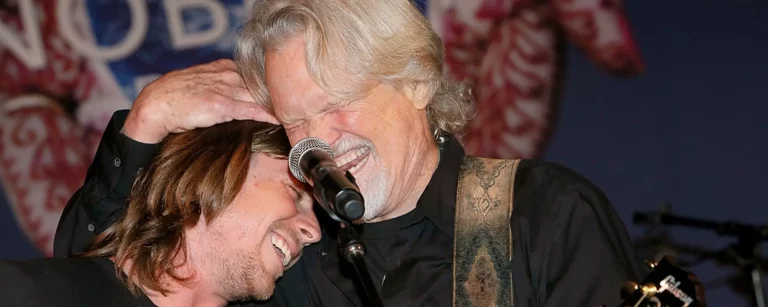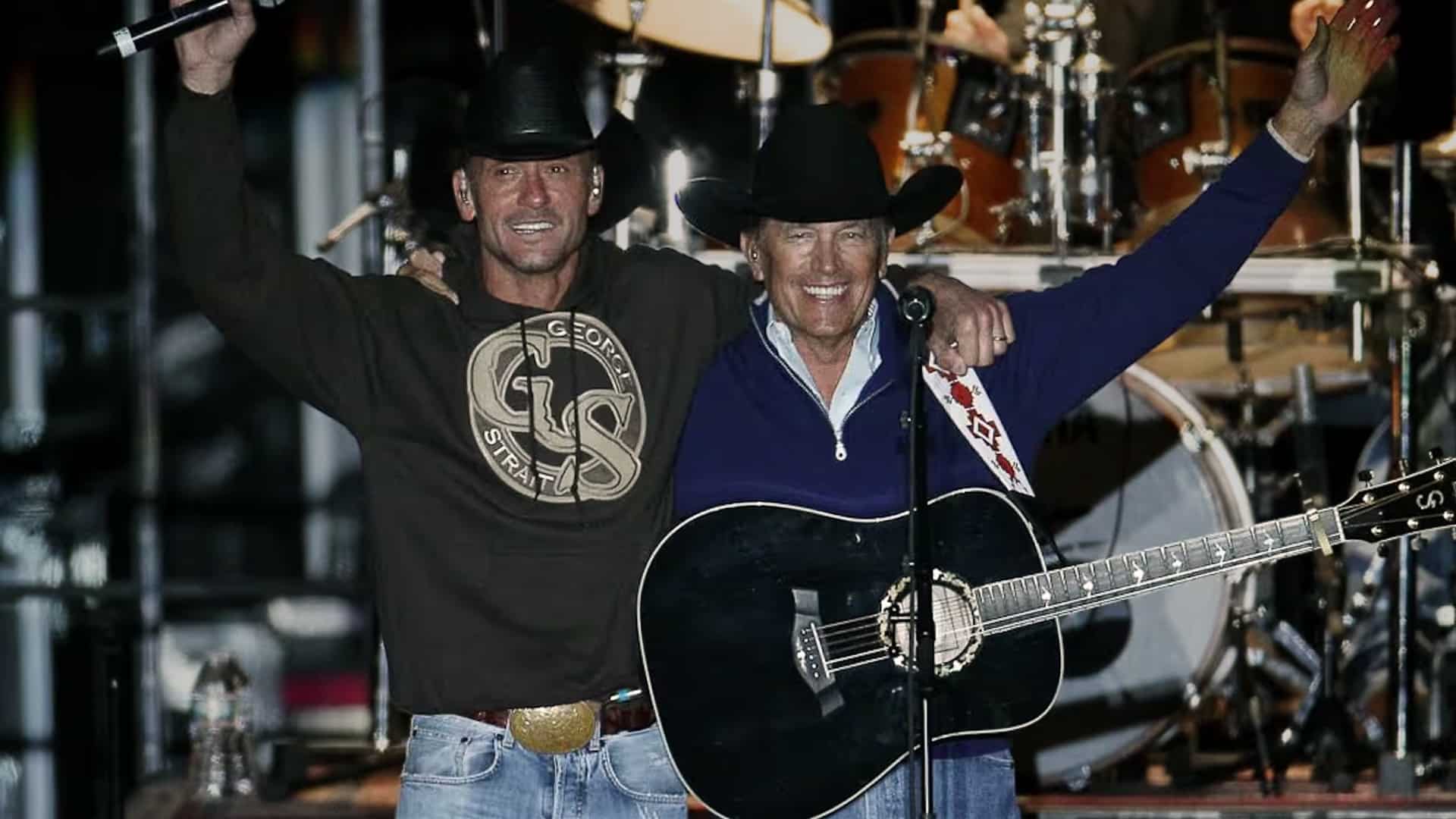She knows how to stir the pot… literally and figuratively.
Ever since the ACM Awards earlier this month, rumors have been swirling about what may or may not be going on between Riley Green, Megan Moroney and Ella Langley… a classic love triangle, if you will.
It first started when fans were convinced that Riley and Ella, duet partners on the hit “You Look Like You Love Me,” were an item, or had at least some sort of fling or something of that nature. They shut that idea down pretty much from the get go, and Riley has said before that Ella is “too smart” to date him, adding that they knew going into it that the song would cause conversation about their relationship status. They were fully expecting fans to embrace the love story, or the idea of it, the same way they did for legendary country music couples like George Jones and Tammy Wynette.
He said:
“Yeah, I mean, Ella’s probably too smart to date me anyway. But I think that’s kind of the country music fan, like, they love the Tim McGraw and Faith, and the George and Tammy. And when we fist started having the success we did with that song, I kinda told Ella, I was like, ‘There’s gonna be a lot of things said, but I mean, you don’t really have to play into it or not play into it, its gonna be something people enjoy the same way we do when we go listen to those songs.’”
Even when Ella herself said they were just very good friends, it still wasn’t enough to convince the world that they were not together.
Of course, these rumors paused when everyone decided to believe that Riley was seeing Megan due to some vacation breadcrumbs where they were seemingly together. Moroney confirmed they happened to be on vacation in the same place, but also shut down the thought that they were seeing each other in a romantic capacity.
“He was individually on his vacation with his friends. St. Barts is a popular place! It’s one of those things where if you know someone on a small island, you’re like, ‘Oh, s***, you’re here too.’ So it was fun. Just because we’re hanging out doesn’t mean we’re romantically dating. You know what I mean?”
But since Megan and Riley have been spotted at the airport together, as well as in Riley’s hometown last week, following the aforementioned award show, fans have concocted a totally new theory that Riley and Ella don’t like each other now. In Nashville this week, Megan and Riley attended her friends engagement party together, so yeah, there’s obviously something going on.
As a result of all of this, people are also convinced that Ella and Megan might have some drama going on too.
I’ve seen so many videos theorizing about the three of them and what may, or may not have, gone on behind the scenes, and the TikToks go very deep. I’ve seen people talking about Megan and Riley’s mom following and unfollowing each other on Instagram, reading Ella’s body language during recent performances with Riley, like at Sand In My Boots festival this past weekend, and so much more. People really want to know the tea, so to speak, and I honestly don’t care, but in this day and age of the music industry and social media, that’s what the labels and industry people want… for people to be talking about their artists, no matter what.
And last night, Ella added tons of fuel to the online rumors that there might actually be some bad blood between her and Riley, who she’s currently on tour with and opening for, sharing a video using sound from Kaitlin Butts’ song “You Ain’t Gotta Die (To Be Dead To Me)” which includes the lines:
“I think I have heard of that man,
I think I heard he got run over by a train,
Mauled by a bear, maybe, hopefully
You ain’t gotta die to be dead to me”
She was in her kitchen, literally stirring a pot with some kind of sauce, while mouthing the words with a whole lot of sass:
Fans immediately picked up on the potential shade, and the video already has over one million views since last night:
“Oh ur funny I like u.”
“She literally stirring the pot.”
“We pickin’ up what you puttin’ down sister.”
“I skipped a Megan video and saw this instantly happy I LOVE YOU.”
“Ella we see what you are doing here.”
“Literally — the way you looked at him without looking at him said it all.”
“Ella. This man did not do you right.”
“The tea is boooooiilllling.”
“The pot stirring, the innuendos, the double entendres, chefs kiss Picasso I love it.”
‘This is iconic behavior and we are all here for it.”
“God forbid a girl knows her worth.”
“I literally said this is so Ella Langley when I heard this song!”
“Queen! sing ‘Silver Springs’ at all of your next tour dates!”
“Oh we throwing SHADE, SHADE.”
“Miss m’aaaam is clapping back and I’m so here for it.”
“Oh.There. There’s tea here? I am sat!”
“Oh we know this is about Riley.”
“Here for the plot.”
“Serving up shade.”
“The way people have invented a whole story line for this woman’s private life is hilarious.”
“Oh I like this side of Ella.”
To be honest, I hate that two of country music’s most promising female stars, who are both having huge moments in their young careers, are being pitted against each other. Not too many months ago, they were taking pictures together on the red carpet and seemed to be friends, or at least professional acquaintances who respected each other, and now, all we hear about is how Riley is choosing one or the other, blah, blah, blah.
I also hate how PR teams push that type of thing (and believe me, many of them they do in instances like this). Obviously, it’s a great way to keep your names in the headlines, but I think it really takes away from their music and how that should be what’s focused on, not personal life drama, but what do I know…
Maybe there is bad blood between the girls, maybe not. Maybe Riley has been involved romantically with one, both or neither… maybe it’s all for show. I’m inclined to believe something went down… but it sucks that if they truly are no longer friendly with each other, it’s likely because of a man (no shade to Riley, I love his music), and the music industry that pushes this type of stuff to get attention. Ella and Megan don’t need that, they were perfectly successful before all of this, and I hope we can get back to that soon.
This song is a total banger, though:
“You Ain’t Gotta Die (To Be Dead To Me)”

:max_bytes(150000):strip_icc():focal(719x9:721x11)/blake-shelton-gwen-stefani-kids-tout-051223-87eab1aab07d4ae0b9c8753cf2a1673c.jpg)



























